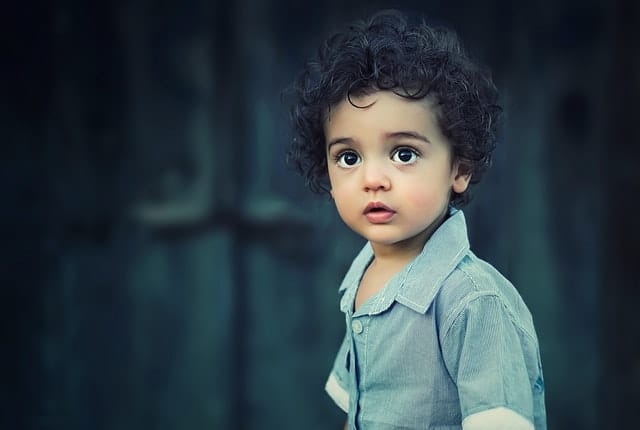We often think of hearing loss as a condition that affects only older adults, but in reality, no age group is immune – not even children. Statistics show that 2-3 out of every 1,000 babies in Louisville are born with some type of hearing impairment, and others can develop a loss during their toddler years. Because hearing plays such an important role in a child’s social, emotional, and cognitive development, early detection is crucial – preferably by the age of three months. If a hearing loss is identified, early intervention services will ensure your child’s speech and language development remains on track with that of their peers, so important for their future success.
Newborn Hearing Tests

The vast majority of infants in Louisville and across the United States receive a newborn hearing screening before they are discharged from the hospital. These tests help identify a hearing loss that is present at birth. There are several types of newborn hearing tests available; the most common include:
- Auditory Brainstem Response (ABR). In an ABR test, electrodes (tiny sensors that measure brainwave activity) are attached to the infant’s head or scalp, or placed behind the ears, and tiny earphones are placed in the ear canals. Clicking sounds are sent through the earphones and electrodes record the hearing nerve’s response to these sounds. Newborns may sleep through this test.
- Otoacoustic Emissions Testing (OAE). OAE testing utilizes a tiny probe that is placed in the ear canal. The probe is fitted with a microphone and speaker, and pulsing sounds are sent through the probe; these should stimulate the cochlea and produce an echo, or emission, in response. The OAE test can be performed while an infant is sleeping.
- Auditory Steady State Response (ASSR). The ASSR is similar to ABR testing and is performed in conjunction with it. Sound is passed through the ear canals; a computer detects the brain’s response and automatically determines the severity of a hearing loss (in degrees ranging from mild to profound). The infant must be asleep or sedated while this test is performed.
If a baby fails the newborn hearing screening, they are usually retested. If they fail the second screening, they will be referred to an audiologist for a full hearing screening.
Testing for Infants & Toddlers
Once your child has reached six or seven months of age, additional hearing tests are available. These include:
- Behavioral Audiometry. Simple behavioral tests are used to test a child’s hearing. The audiologist will observe a child’s response to calibrated speech and pure tones, watching for eye movements and head turns in infants and toddlers. Older children may be asked to raise a hand, repeat a word or phrase, or identify a picture of a word.
- Conditioned Play Audiometry (CPA). In a CPA test, the child is given headphones and asked to perform a certain action (such as shaking a rattle or touching a toy) every time a sound is heard.
- Tympanometry isn’t a test so much as it is a measurement of the eardrum’s response to sound and pressure and can help identify the presence of fluid, earwax, and middle ear obstructions. Air pressure is introduced into the ear canal and movement of the eardrum is plotted on a chart called a tympanogram.
- Acoustic Reflex Testing. Also known as Middle Ear Muscle Reflex (MEMR), this test measures involuntary ear contractions in response to loud sounds. A soft rubber tip is placed in the ear canal and sounds are sent through it; a machine records whether the sound has triggered a reflex. Acoustic reflex testing is used to determine the type and location of a hearing loss.